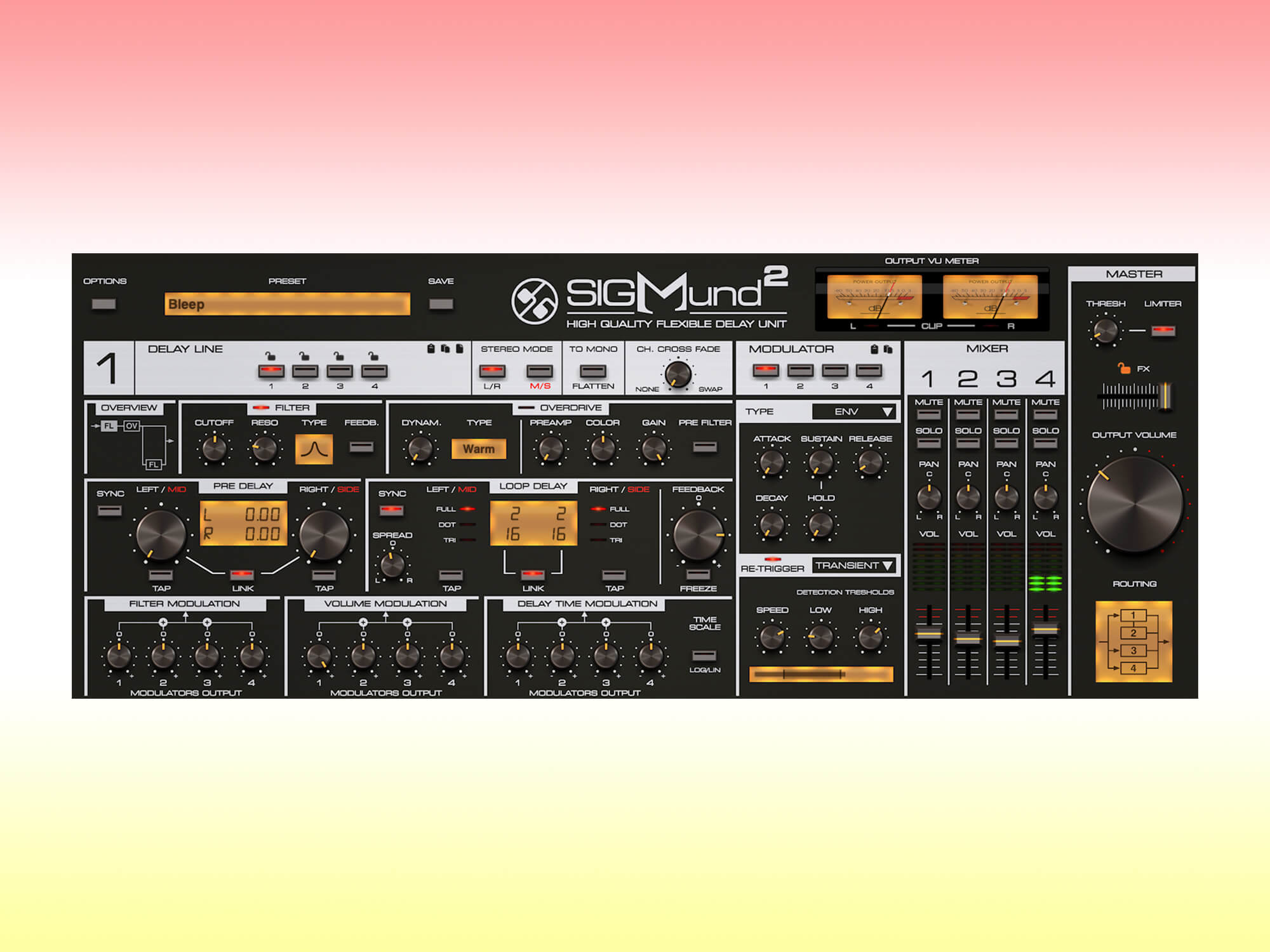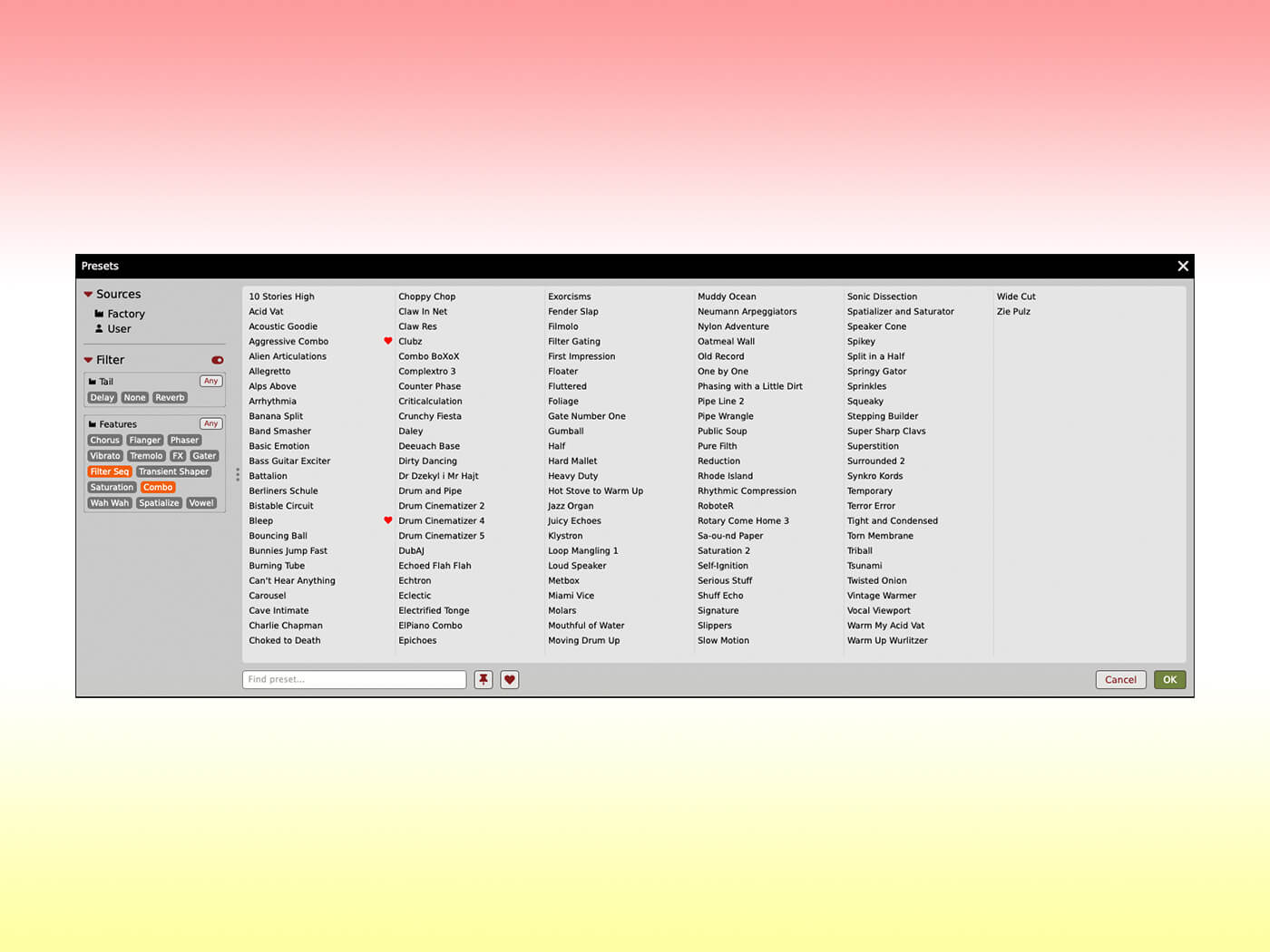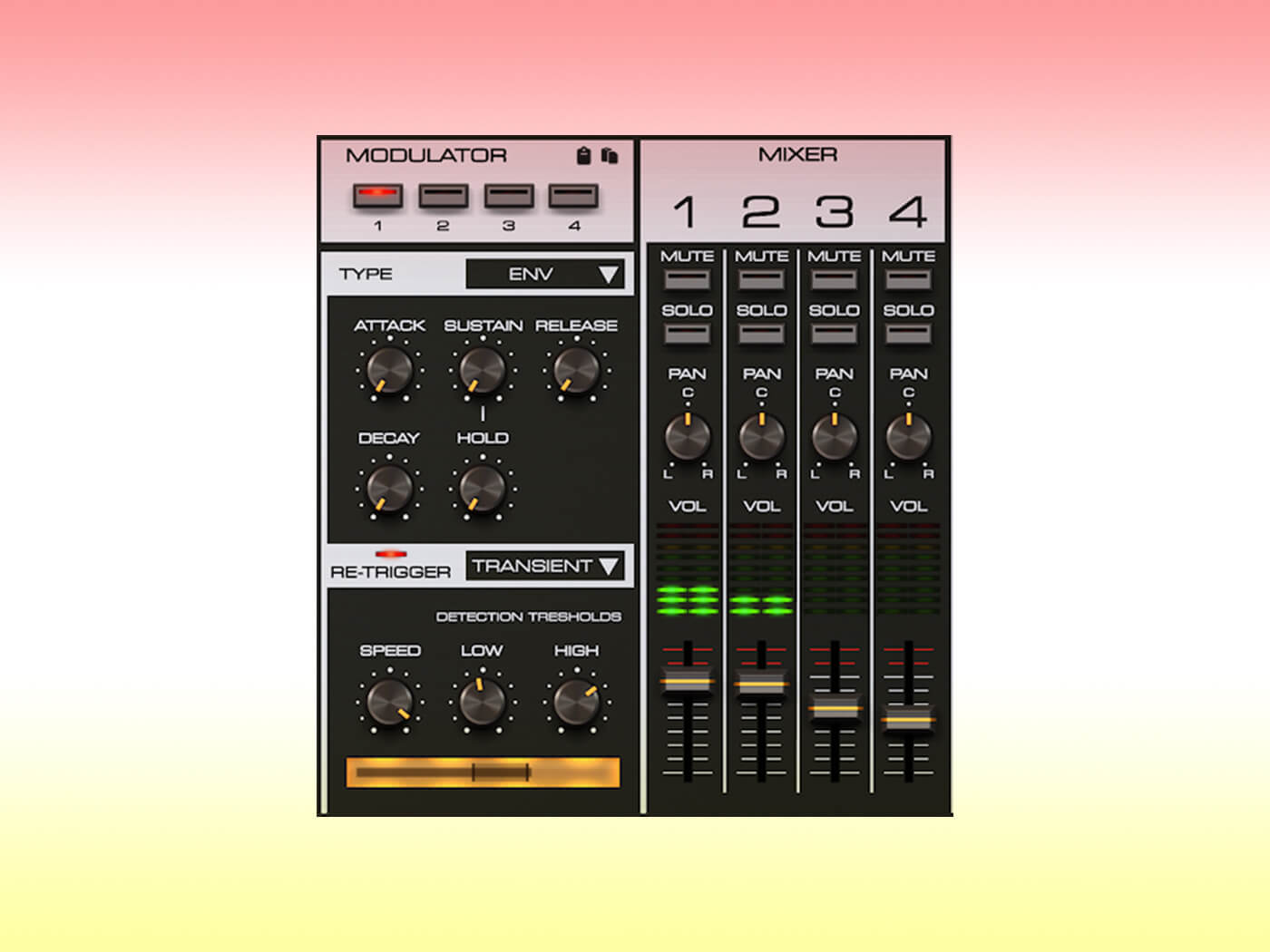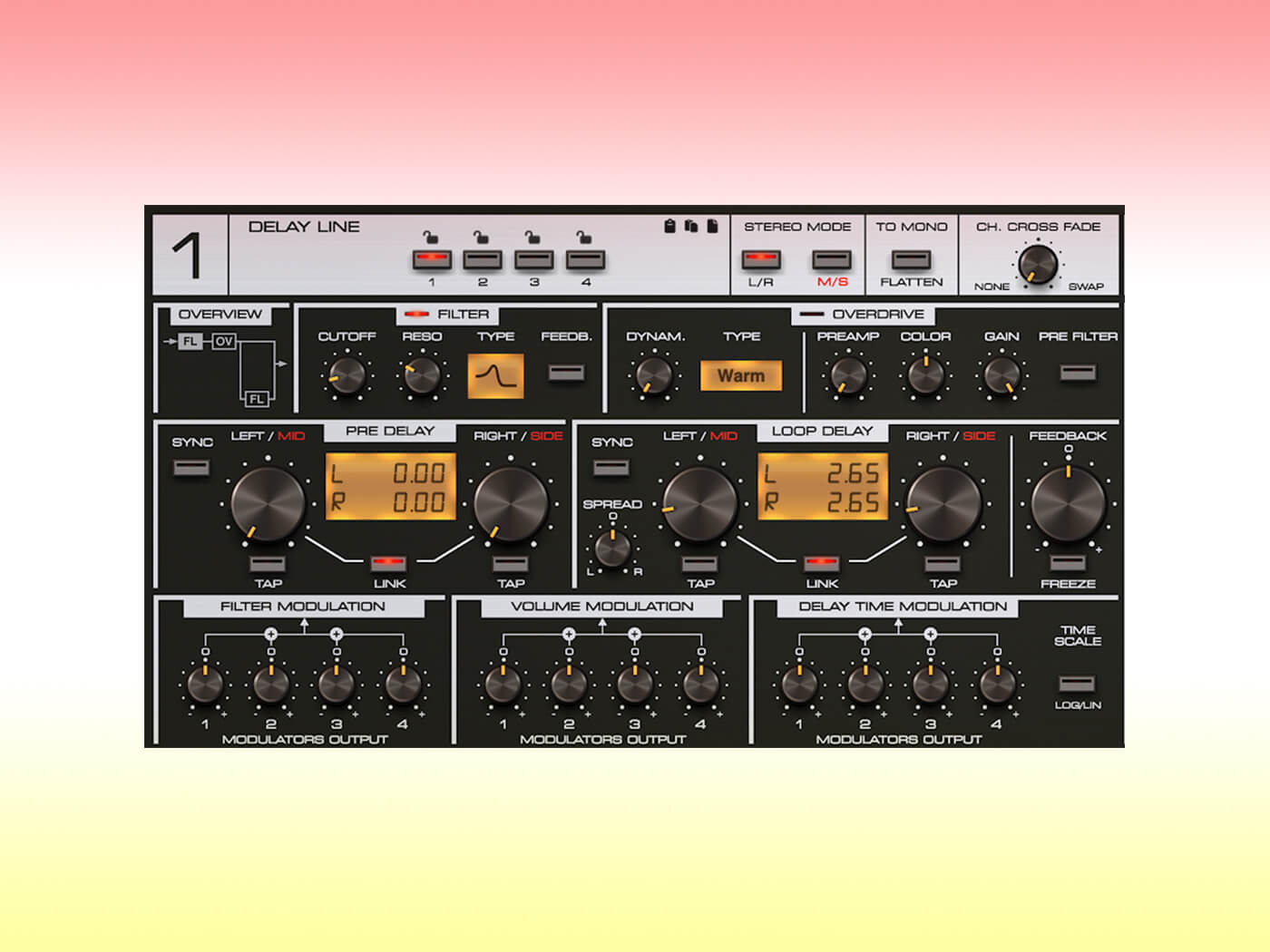D16 Group’s Sigmund 2 is surprisingly creative — but is it a delay plugin?
Sigmund 2 lets you craft complex and multi-layered effects, with four powerful delay lines, filters, overdrive and modulation.

D16 Group Sigmund 2 main GUI
Review Overview
Our rating
7
Our verdict
⊕ Incredibly flexible and able to create several types of effect
⊕ Redesigned layout is more intuitive than its predecessor
⊕ Varied and well-designed presets
⊖ Filtering the feedback loop is a little limited
⊖ Programming and signal flow takes time to get used to
⊖ Can only modulate volume, cutoff and delay time
⊖ Not suitable for traditional dub and vintage delays
Sigmund 2 from D16 is one hell of a plugin. It boasts four independent delay lines and immense scope for complex, layered tone shaping.
€99, d16.pl
The original was released 11 years ago and was beloved for its flexibility and high-quality sound. But we’ve seen plenty of top-notch delay plugins since then, so Sigmund 2 is in a much tougher market compared to 2013. Sigmund 2 doesn’t rewrite the rule book but is refined to be extremely versatile and impressively easy to use. But is it the only delay plugin you need? Probably not.
How does Sigmund 2 work?
The trick to understanding Sigmund is in its signal path — how the audio travels through each of the individual delay lines — and then how it’s routed to the output.
The path starts with a one-knob compressor with five compression types to choose from, before moving onto a lovely-sounding overdrive. Here, you can drive the signal into a symmetrical diode-clipper and adjust a Color dial to tweak the balance of added harmonics. The signal then hits a multimode filter with four types (low-pass, high-pass, band-pass and a new band reject mode), plus the usual cutoff and resonance controls. You can change the routing to place the filter after the overdrive, letting you dramatically shape the tone of the saturation.
Sigmund’s main delay is split into a stereo Pre Delay section and a stereo Loop Delay. You can tweak the delay times freely, tapped, or synced to your DAW’s tempo. You also get a stereo Spread dial that offsets one side, a large feedback dial (with positive and negative values), and a momentary Freeze button that makes the feedback jump up to 100 per cent.
As the delay times range from a tiny 0.1 up to 1,000 milliseconds, you can create some pretty wild comb filter and phaser sounds, or go for more traditional, longer echoes. The quality is pristine, even when using very short delay times, so you can easily craft cool-sounding pitched glitches.
Although the filter sounds delicious, there’s an issue if you want to make dub-style delays that get filtered on each repeat: You can add a filter into the delay loop by clicking the Feedback button, but you’re limited to using one of the aforementioned filter shapes. This makes it hard to get the perfect shape for your repeats as they either have too many lows or highs — or sound too thin when using the band-pass filter — which results in them fading to silence too quickly. You might be able to do some trickery using serial routing, but that’s a lot of work for something so simple; D16 should have given us a dual low-pass/high-pass combination or more control over the width of the band-pass.
As such, we’d reach for a different plugin if we wanted more traditional and simple dub delay lines.

Sigmund 2’s mid/side modes and modulators
Each of Sigmund’s delay lines can run in either left/right or mid/side modes. So you can have different delay times in the mid and side channels, which is really cool. There’s also a button to collapse the input to mono and a new Channel Cross Fade dial that swaps the two channels.
You can get a lot of sound design mileage out of the main delay controls, but add modulators into the mix and you’ll have much more fun. Each can be switched between LFO, envelope or peak modes. The LFO can run freely or sync to the host, with four shapes plus a random sample-and-hold option.
You can also invert the shape, adjust the phase, and smooth the edges. Interestingly, both the LFO and envelope can be retriggered by an incoming MIDI note, or by a transient in the signal.
Combine this with the peak follower and you have the recipe for some seriously audio-reactive modulation such as wah-wah effects or transient shaping. Also, although there’s not an obvious ducking effect as found on many modern delay and reverb plugins, you can easily create your own by routing the peak modulator to the volume of the delay lines.
There are limitations, though. You only get four modulators globally across the plugin, and they can only affect the filter cutoff, volume and delay time of each individual tap. You can, at least, stack all four to create more wild modulation shapes.

Sigmund 2’s final touches
You can balance each of the delay lines with the simple mixer section, which features volume, pan, mute and solo buttons. The four delay lines can be set to run in serial, in parallel, or in various combinations of the two. It’s incredibly flexible, but it’s hard to know exactly what kind of difference it will make until you start experimenting — happy accidents occur from choosing or programming a preset and then flicking between the routings to see what happens.
The final destination for the signal is the Master section, which includes a limiter, wet/dry slider (with lock option) and Output dial.
Other useful features we love include a resizable plugin window, separate real-time and offline quality settings, lock buttons for each of the four delay lines, and MIDI mapping for all controls.

Should you buy Sigmund 2?
We tested Sigmund 2 on an array of material and found some surprising results. The combination of the four taps, overdrive, filter and transient triggering in the Modulator section makes it more like a multiband, multi-effects processor rather than just a delay. To that end, a large number of the 400 presets are different variations on characterful distortions, chorus, phaser, flanger and tremolo effects.
So rather than Sigmund being simply four delays, it’s more like four textural layers of processing that can dramatically transform any signal. Simple drum tracks mutate into crunchy, rasping grooves, synths can be brought to sizzling life, and vocals can be twisted with original echoes.
Programming and routing aren’t as intuitive as more visually-led delay plugins such as FabFilter’s Timeless, which has more visual representations of the delay taps, filter shapes and modulation. However, the interface has a satisfyingly tactile look, and the superb sound quality and varied results mean your patience is well rewarded. We would probably choose a different plugin for traditional, vintage delay duties, yet for creative sound design and exploration, it’s hard to beat.
Key features
- Multi-tap delay plugin
- Mac & Windows, 64-bit VST2, VST3, AU, AAX
- 4 identical and independent delay lines
- Overdrive with new optional dynamics module
- Filter (LP, HP, BP and new BR)
- L/R and M/S modes with stereo spread options
- 4 modulators with LFO, envelope and peak modes
- Modulators have optional transient or MIDI retriggering
- Mixer section
- Master output limiter
- 9 routing configurations
- Resizable plugin window
- Real-time and offline quality mode options
- Improved preset section with search and tagging functions
- 400+ presets